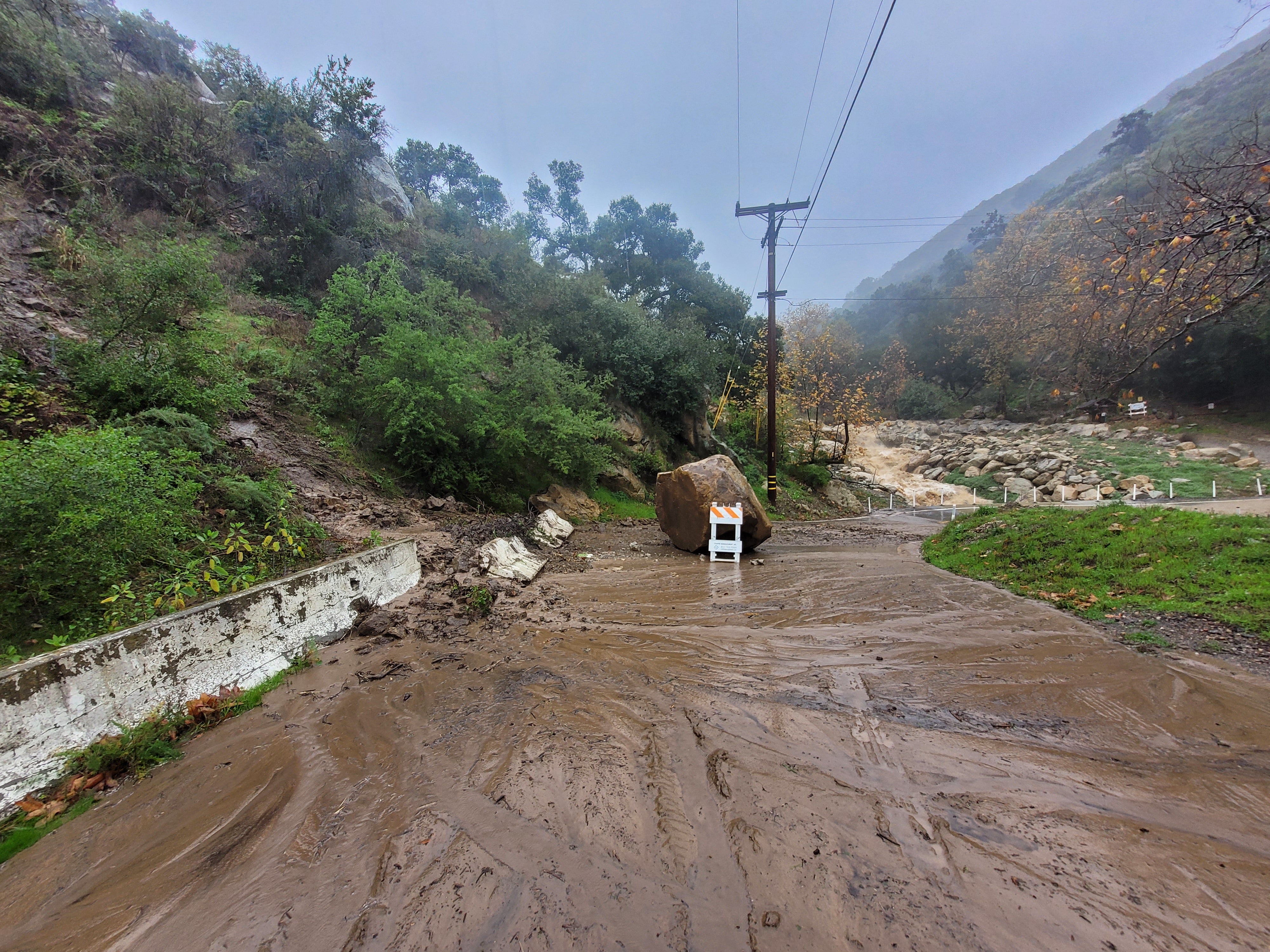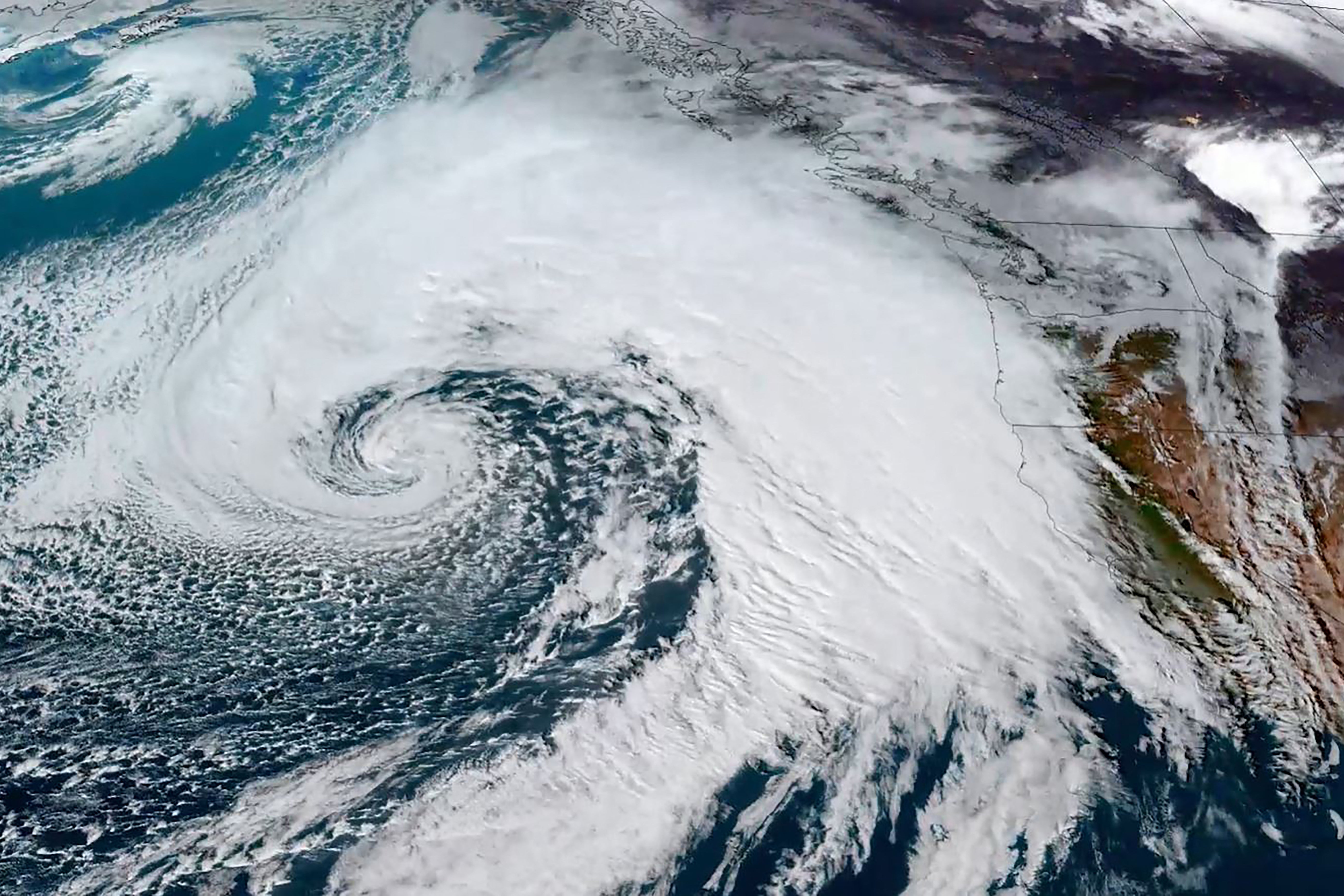What are atmospheric rivers, the weather phenomena that left a lasting impact on California?
California is at increased risk of mudslides this week thanks to over-saturated soil from an atmospheric river in early February
Your support helps us to tell the story
From reproductive rights to climate change to Big Tech, The Independent is on the ground when the story is developing. Whether it's investigating the financials of Elon Musk's pro-Trump PAC or producing our latest documentary, 'The A Word', which shines a light on the American women fighting for reproductive rights, we know how important it is to parse out the facts from the messaging.
At such a critical moment in US history, we need reporters on the ground. Your donation allows us to keep sending journalists to speak to both sides of the story.
The Independent is trusted by Americans across the entire political spectrum. And unlike many other quality news outlets, we choose not to lock Americans out of our reporting and analysis with paywalls. We believe quality journalism should be available to everyone, paid for by those who can afford it.
Your support makes all the difference.This week, a swirling low-pressure system is bringing torrential rain, strong winds and heavy snow to the state of California.
That storm, set to last through Wednesday, means an increased risk of devastating mudslides — a hazard worsened by a historic atmospheric river that passed through California earlier this month.
In early February, a deadly Pacific storm, the second “Pineapple Express” weather system to sweep the West Coast in just a few days, dumped torrential rain over Southern California, triggering street flooding and mudslides throughout the region. The event killed at least nine people and caused 400 mudslides in Los Angeles alone.
Thanks to the torrential downpour, the California soils are over-saturated, leaving them prone to slides.
The storms that have pummeled California both in early February and this week have been caused by what is known as atmospheric rivers.

Here’s a look at the phenomenon:
What are atmospheric rivers?
Atmospheric rivers are long and relatively narrow bands of water vapor that form over an ocean and flow through the sky, transporting much of the moisture from the tropics to northern latitudes.
They occur globally but are especially significant on the West Coast of the United States, where they create 30% to 50% of annual precipitation and are vital to water supplies but also can cause storms that produce flooding and mudslides, according to the National Oceanic and Atmospheric Administration.
Formed by winds associated with cyclones, atmospheric rivers typically range from 250 miles to 375 miles (400 to 600 kilometers) in width and move under the influence of other weather.

Many atmospheric river events are weak. But the powerful ones can transport extraordinary amounts of moisture. Studies have shown that they can carry seven to 15 times the average amount of water discharged daily by the Mississippi River, according to the U.S. Geological Survey.
Forty-six atmospheric rivers made landfall on the U.S. West Coast during water year 2023, according to the Scripps Institution of Oceanography’s Center for Western Weather and Water Extremes. Nine were categorized as strong, two were extreme and one was exceptional. California experienced extensive flooding and massive snowfall.
The name came from research published in the 1990s by scientists Yong Zhu and Reginald E. Newell of the Massachusetts Institute of Technology. Atmospheric rivers are often referred to as ARs.
What happens when an atmospheric river hits land?
When the moisture-laden air moves over mountain ranges such as the Sierra Nevada along the California-Nevada line, the water vapor rises and cools, becoming heavy precipitation that falls as rain or snow, according to NOAA.
While traditional cold winter storms out of the north Pacific build the Sierra snowpack, atmospheric rivers tend to be warm. Snow may still fall at the highest elevations but rain usually falls on the snowpack at lower elevations. That can quickly prompt melting, runoff and flooding and decrease the snowpack needed for California’s water supply.
What is a Pineapple Express?
It is a nickname for a strong atmospheric river in the tropical Pacific near Hawaii.
